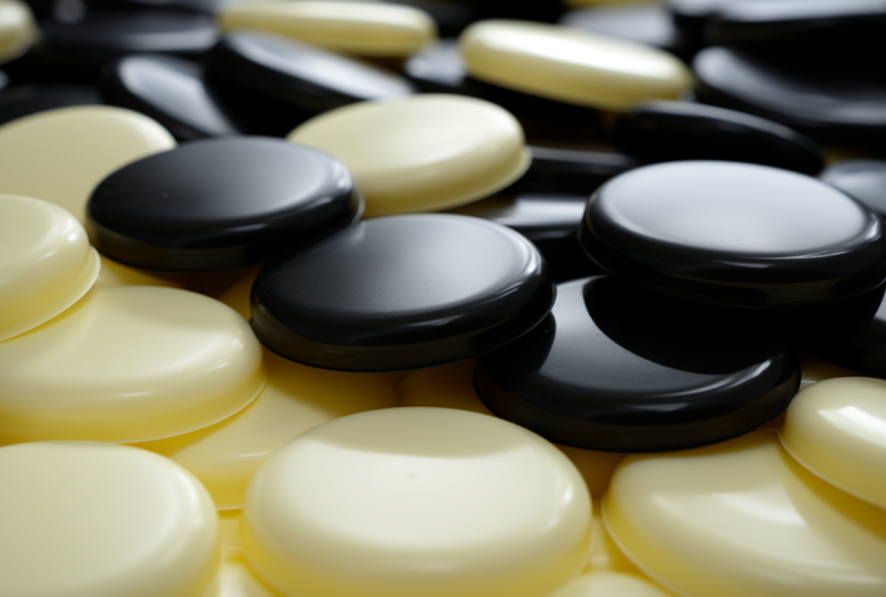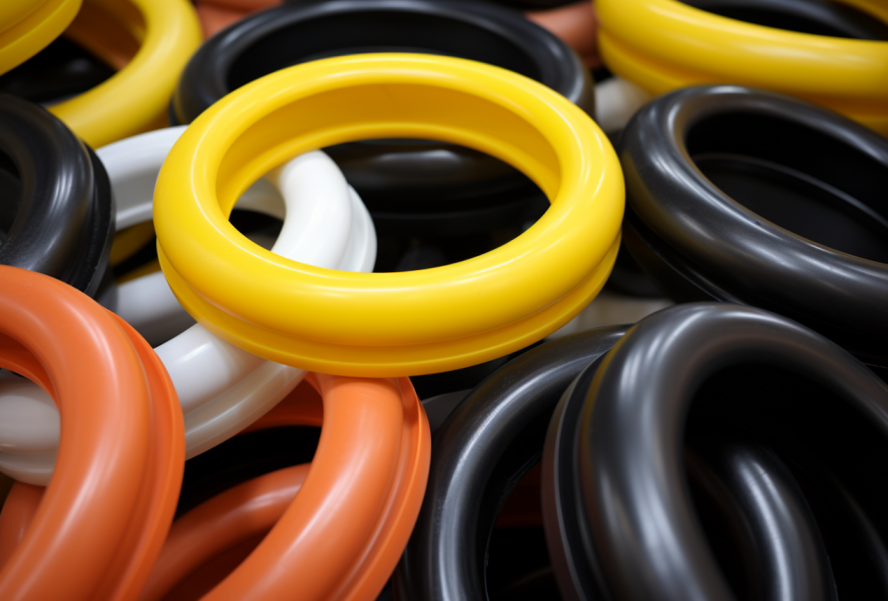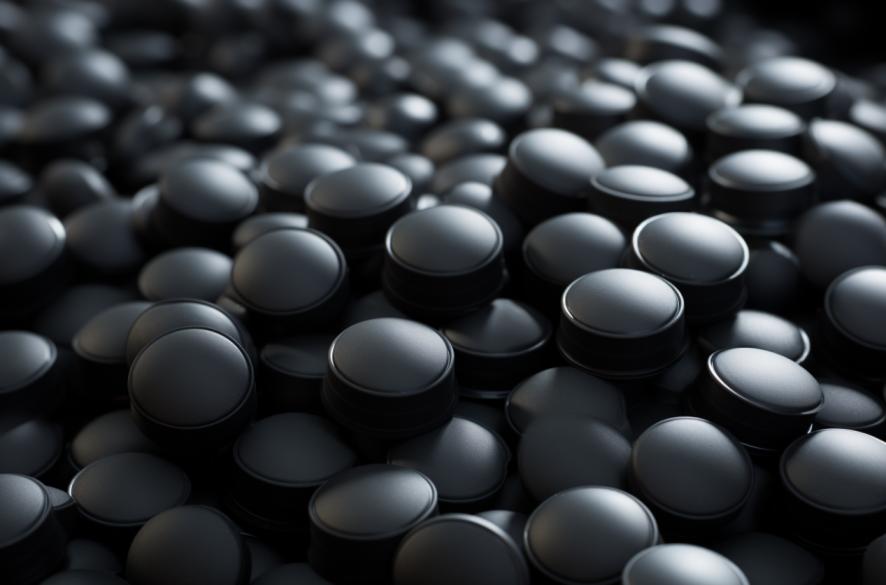What Sets BR 9000 Butadiene Rubber Apart from Traditional Rubber Compounds
13/06/2024
BR 9000 Butadiene Rubber stands as a testament to the advancements in synthetic rubber technology, offering unparalleled performance, durability, and cost-effectiveness in diverse industrial applications. Manufactured by CHEMBROAD, this versatile material is prized for its resilience, abrasion resistance, and flexibility, making it an ideal choice for tire manufacturing, conveyor belts, seals, and other critical components.

As the rubber industry continues to evolve, efforts to improve sustainability and safety remain paramount, ensuring that BR 9000 meets the demands of today’s environmentally conscious world. With ongoing research and innovation, BR 9000 is poised to remain a cornerstone of modern industrial applications, driving efficiency, reliability, and sustainability for years to come.
Introduction to Butadiene Rubber
1.1 Understanding the Importance of Synthetic Rubber
Synthetic rubber stands as an indispensable component in numerous industries worldwide. It’s a vital alternative to natural rubber, offering enhanced performance characteristics and versatility. Synthetic rubbers are engineered through chemical processes, allowing for precise customization to suit specific applications. One such remarkable variant is Butadiene Rubber (BR), renowned for its resilience, durability, and flexibility.
1.2 Introducing BR 9000 Butadiene Rubber
BR 9000, manufactured by CHEMBROAD, is a distinguished type of Butadiene Rubber characterized by its exceptional properties and wide-ranging applications. Composed primarily of polymerized butadiene, this synthetic rubber exhibits a unique molecular structure that imparts remarkable attributes suitable for various industrial uses.
Properties of BR 9000
2.1 Physical Attributes
BR 9000 boasts an impressive array of physical properties that make it highly desirable in diverse applications. It possesses excellent resilience, allowing it to withstand repeated stress and deformation without permanent damage. This resilience ensures longevity and reliability, particularly in dynamic environments.
2.2 Chemical Composition
At its core, BR 9000 comprises polymerized butadiene molecules, which provide the foundation for its outstanding performance. The chemical structure of butadiene enables the rubber to maintain its elasticity over a wide range of temperatures, making it suitable for both hot and cold environments. Additionally, the presence of double bonds within the polymer chain contributes to its flexibility and resilience.
2.3 Abrasion Resistance and Flexibility
One of the standout features of the BR 9000 is its exceptional abrasion resistance. This property makes it ideal for applications subjected to abrasive forces, such as tire treads and conveyor belts. Moreover, its inherent flexibility ensures ease of handling and installation, even in complex configurations.
Applications of BR 9000
3.1 Tire Manufacturing
The automotive industry relies heavily on BR 9000 for tire production due to its unparalleled durability and traction properties. The rubber compound enhances tire performance, providing excellent grip on various road surfaces while withstanding the rigors of daily driving. Whether in passenger vehicles or heavy-duty trucks, BR 9000 contributes to safer and more efficient transportation.
3.2 Conveyor Belts and Industrial Seals
In industrial settings, conveyor belts play a crucial role in material handling operations, requiring robust materials to endure continuous usage. BR 9000 excels in this regard, offering high abrasion resistance and flexibility, making it an ideal choice for conveyor belt construction. Additionally, its sealing capabilities make it suitable for creating gaskets and seals used in machinery and equipment, ensuring leak-proof and efficient operations.
3.3 Sporting Goods and Footwear
Beyond industrial applications, BR 9000 finds its way into the realm of sporting goods and footwear manufacturing. The rubber’s resilience and flexibility make it well-suited for producing athletic shoes, providing comfort and support to athletes during intense physical activities. Moreover, it is utilized in the fabrication of sporting equipment such as balls, ensuring durability and performance on the field or court.

Exploring the Advantages of BR 9000 Butadiene Rubber
4.1 Superior Performance and Durability
BR 9000 Butadiene Rubber, manufactured by CHEMBROAD, offers a myriad of advantages over other types of synthetic rubber. Its exceptional performance characteristics, including high resilience, excellent abrasion resistance, and superior flexibility, make it a preferred choice for various industrial applications. Unlike traditional rubber compounds, BR 9000 demonstrates enhanced durability, ensuring prolonged service life even in demanding environments.
4.2 Resilience and Flexibility
One of the key advantages of BR 9000 is its remarkable resilience, which allows it to endure repeated stress and deformation without permanent damage. This property is particularly crucial in applications subjected to dynamic forces, such as tire manufacturing and conveyor belt construction. Additionally, its inherent flexibility ensures ease of handling and installation, contributing to improved efficiency and productivity.
4.3 Enhanced Abrasion Resistance
Another standout feature of BR 9000 is its superior abrasion resistance, making it ideal for applications exposed to abrasive forces. Whether used in tire treads, industrial seals, or sporting goods, this synthetic rubber compound exhibits exceptional wear resistance, thereby prolonging the lifespan of components and reducing maintenance costs. Its ability to withstand harsh operating conditions ensures reliable performance in diverse industrial settings.
Understanding the Production Process of BR 9000
5.1 Polymerization Process
The production of BR 9000 begins with the polymerization of butadiene, a key raw material derived from petrochemical sources. Through a controlled polymerization process, butadiene molecules undergo a series of chemical reactions to form long-chain polymers, which serve as the building blocks of the synthetic rubber compound. This polymerization process is carefully monitored and optimized to achieve the desired properties and performance characteristics of BR 9000.
5.2 Raw Materials and Manufacturing Steps
In addition to butadiene, the production of BR 9000 may involve other additives and compounding agents to enhance specific properties such as resilience, flexibility, and abrasion resistance. These raw materials are carefully selected and blended in precise proportions to ensure consistency and uniformity in the final product. The manufacturing process may include mixing, milling, and curing stages, where the rubber compound is processed into various forms such as sheets, pellets, or granules, depending on the intended application.
5.3 Quality Control and Testing
Throughout the production process, stringent quality control measures are implemented to monitor the quality and performance of BR 9000. Samples are regularly tested for physical and chemical properties to ensure compliance with industry standards and customer specifications. This rigorous testing regimen helps to identify any deviations or defects early in the production process, allowing for timely adjustments and improvements to maintain product integrity and consistency.
Environmental and Safety Considerations
6.1 Sustainable Practices in Rubber Production
As concerns about environmental sustainability continue to grow, the rubber industry is increasingly focused on adopting eco-friendly practices to minimize its environmental impact. Manufacturers like CHEMBROAD are investing in research and development to develop greener alternatives and reduce reliance on fossil fuels. This includes exploring renewable sources of raw materials, optimizing production processes to minimize waste and emissions, and implementing recycling and waste management initiatives.
6.2 Safety Measures in Handling and Usage
In addition to environmental considerations, safety is paramount in the production and use of BR 9000 Butadiene Rubber. Manufacturers follow strict safety protocols. Ensure workers and surrounding communities are protected from potential hazards associated with chemical processing. Implement appropriate handling procedures including the use of personal protective equipment and ventilation systems. To minimize exposure to hazardous substances. Furthermore, end-users are provided with guidelines and recommendations for safe handling and usage of BR 9000 in various applications.
6.3 Regulatory Compliance and Certification
To ensure compliance with environmental regulations and industry standards. BR 9000 manufacturers must comply with strict regulatory requirements for the production and use of chemicals. This may include obtaining certifications such as ISO 14001 for environmental management systems and OHSAS 18001 for occupational health and safety management systems. By adhering to these standards and certifications, manufacturers demonstrate their commitment to environmental stewardship and responsible business practices.

Conclusion
BR 9000 Butadiene Rubber stands as a testament to the ingenuity of synthetic rubber technology. Manufactured by CHEMBROAD, this versatile material offers a multitude of benefits across various industries, ranging from automotive to manufacturing to sports. Its exceptional properties, including elasticity, wear resistance and flexibility, make it an indispensable component in countless applications. Promoting global innovation and progress. As the industry continues to evolve, the BR 9000 remains ready for future challenges. cementing its status as a synthetic wonder of the modern world.




